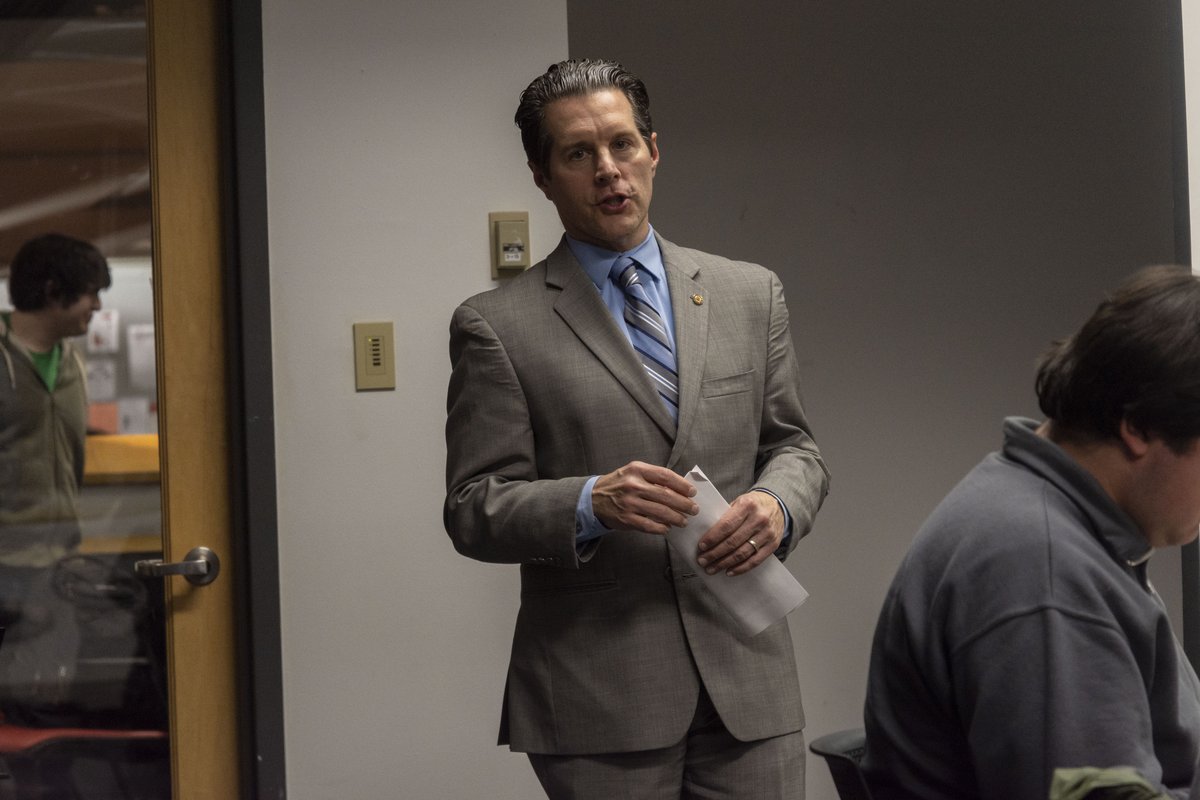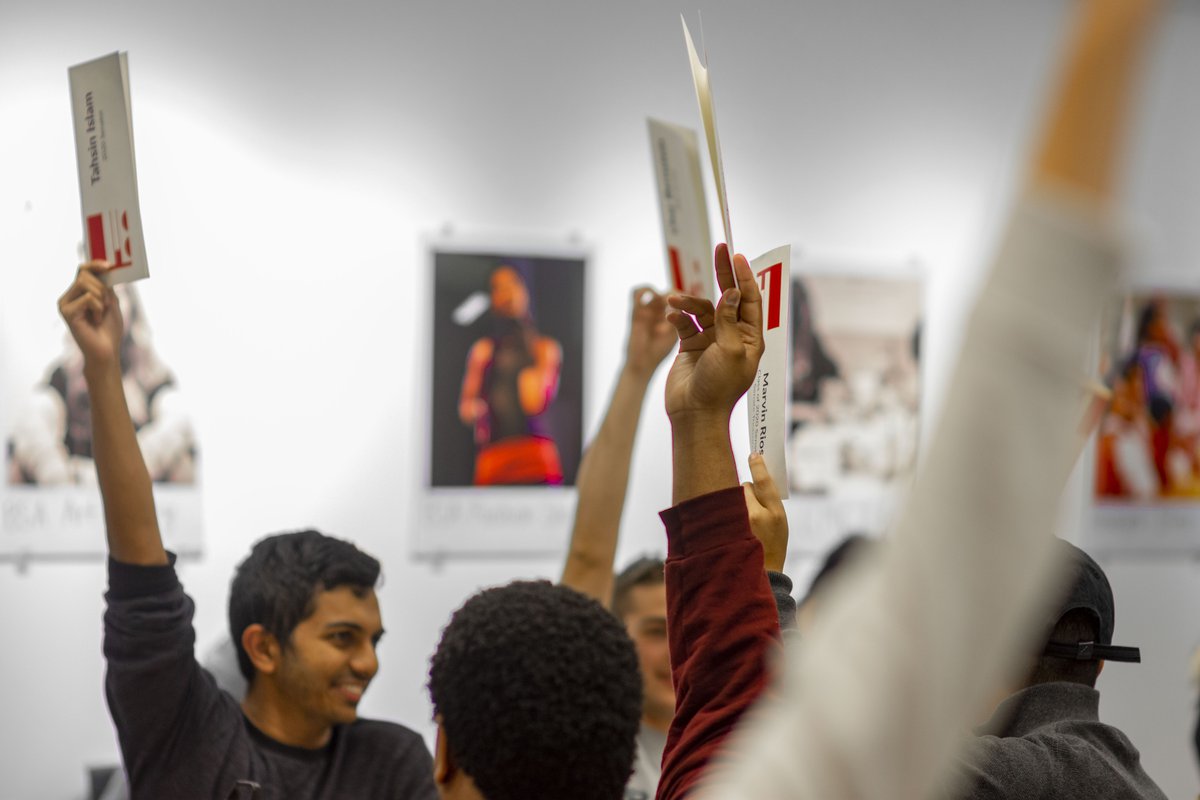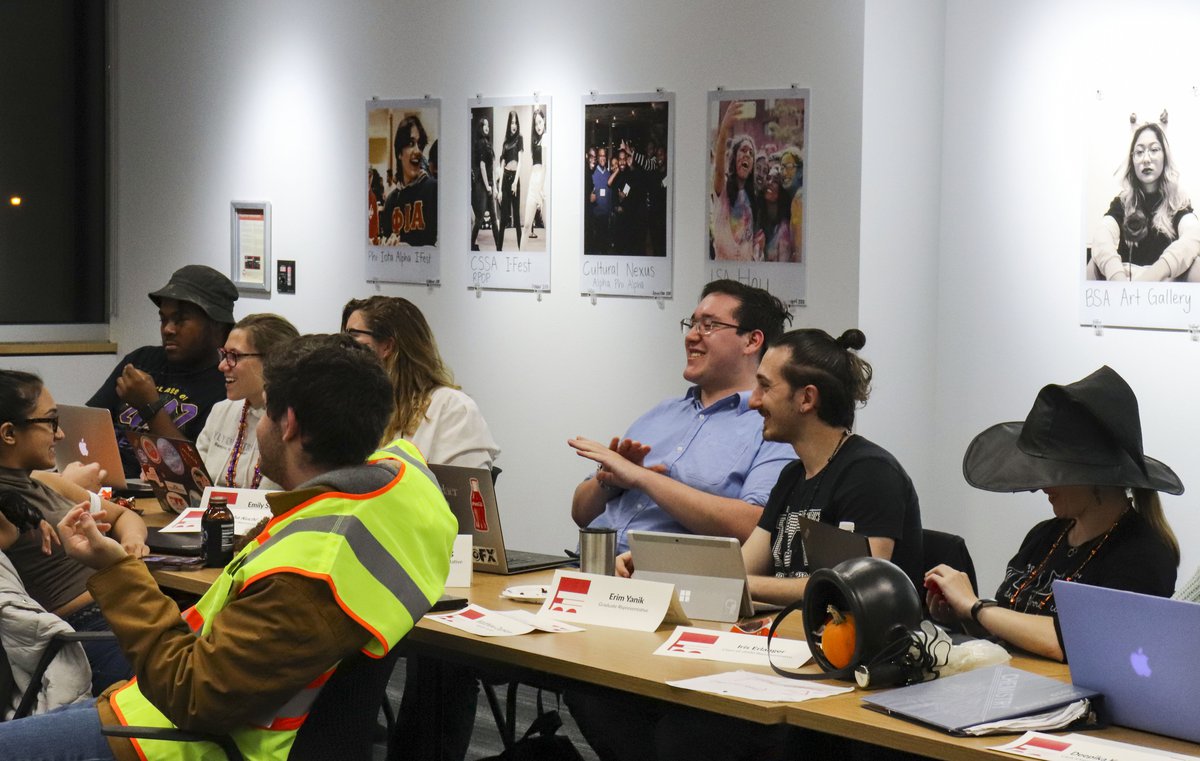Rank the vote
With the 2020 Presidential Election fast approaching, we have heard the term ranked-choice voting thrown around a lot. However, before the voting system can be widely adopted, it is important for voters to understand how the ballot works.
Currently, most of the nation uses a plurality system, in which the candidate with the highest number of votes wins, whether they have the majority of the vote or not. “We think we have majority rules, but that’s not true,” says Hasan Minhaj of Patriot Act in the episode titled We’re Doing Elections Wrong. “It’s actually plurality rules.” In practice, this system actually forces us to conform to a two-party system.
Suppose that in the United States of Dessert, which uses a plurality voting system, we have four candidates for President: Apple Pie, Ice Cream, Pudding, and Fruit Cake. The first two share some policies but still differ greatly. Pudding’s policies are not as extreme as Apple Pie or Ice Cream’s. However, supporters of Apple Pie, Ice Cream, and Pudding, who make up 60% of the voter population, disagree with most of Fruit Cake’s policies. Then comes election day. The nation goes to the polls and each citizen votes for their favorite candidate. At the end of the day, Fruit Cake has won. How is that possible?
As it turns out, Apple Pie, Ice Cream, and Pudding got 15%, 20%, and 25% of the votes respectively. Meanwhile, Fruit Cake got 40%, and won by plurality. This result is known as the spoiler effect, or vote-splitting. The most notable example of this consequence of plurality voting is the 2000 Presidential Election, when third-party candidate Ralph Nader drew votes from Democrat Al Gore, allowing Republican George W. Bush to win the election without a majority of the vote in a crucial battleground state: Florida.
So when the next election rolls around, Apple Pie and Ice Cream’s supporters take part in what is known as strategic voting, grudgingly voting for Pudding simply to vote Fruit Cake out. This result is exactly what happens in the United States today, with much more than dessert on the line, of course.
Now imagine that instead, as a voter, you could rank all of the candidates in order by your preference. You can also exclude candidates; you do not have to rank everyone. At the end, all first-choice votes are counted up, and if any candidate has more than 50% of the votes, they are declared the winner. If not, the candidate with the fewest votes is removed. Then, any ballots with that candidate as the first choice are recounted, but this time, using the second-choice on those ballots. This process continues until a candidate has 50% of the votes.
Returning to the United States of Dessert, we see that with the lowest number of votes, Apple Pie would be eliminated. A fifth of Apple Pie’s supporters have Pudding as their second choice, and the rest want Ice Cream. The new vote percentage totals are as follows: Ice Cream has 32%, Pudding has 28%, and Fruit Cake remains at 40%. Without a true majority, Pudding is eliminated. The next choice on three-quarters of those ballots is Ice Cream and Fruit Cake on the rest. At the end of the day, Ice Cream is declared the winner, with 53% of the vote. They voted Fruit Cake out, without strategic voting and with a candidate an actual majority of voters supported.
At first glance, this system seems to have a similar effect: in the end, your vote ends up going to a candidate who is not your favorite candidate. However, it would allow you to choose that candidate without fear of the spoiler effect, or the feeling that your vote will go to waste. Voters should be allowed to vote for the candidates they actually believe in most, rather than going for strategic voting. Furthermore, ranked-choice voting could help us make progress in other areas including but not limited to a growth of third parties, an increase in voter turnout, and a reduction of negative campaigning.
As Anna Purna Kambhampaty of Time explains in her article about ranked-choice voting, the resulting elimination of vote-splitting would encourage more third-party candidates to run. For instance, third-party candidate Michael Bloomberg decided not to run in the 2016 presidential election since he would have drawn Democratic votes from Hillary Clinton, increasing the chance for Donald Trump (who ultimately won the electoral college vote, but lost the popular vote).
Meanwhile, there remains to be a consensus regarding the impact of ranked-choice voting on voter turnout and engagement. Some believe that the opportunity to make a vote more meaningful while still allowing people to vote for their favorite candidate could help encourage people to go to the polls. Others argue that ranking is a much more intensive decision than a single choice, which could cause a decrease in turnout. However, one thing is for sure: there can be increased military and overseas participation.
There are several issues for military and overseas voters at the moment primarily because states are required by federal law to give military and overseas voters their ballots 45 days in advance of any federal election. So, if a runoff election (which is held in the case that the candidate with the most votes does not receive the minimum percentage of votes necessary in the state) were to occur, there is an enormous delay, which drives down voter turnout. Additionally, candidates will withdraw after the first few primaries and caucuses but in the next primaries, these candidates will still receive votes because the ballots were sent in before the voter learned that the candidate had withdrawn. With ranked-choice voting, military and overseas voters can rank their choices on a ballot, allowing their vote to still make a difference in the runoffs or later primaries.
Kambhampaty also explains that when candidates are no longer fighting for a single vote, but for the top spots on a voter’s ballot, we will see a decrease in the amount of negative campaigning. This change not only makes candidates choose advertising that promotes their values and policies rather than bashing their opponent, but will also allow us to see creative new ways of campaigning. For instance, in Maine, where ranked-choice voting has already been adopted statewide, voters saw a joint advertisement from Democratic gubernatorial candidates Betsy Sweet and Mark Eves. They told voters that if they ranked the two candidates in either order for first and second on their ballot, voters could be certain that they would receive “a strong progressive leader” and that they would “all move Maine forward together.” Such teamwork has a positive effect on voters by instilling confidence in them about their vote.
Although arguments are made that the system is more complicated, raising awareness about the drawbacks of the current “plurality rules” can solve that problem. Furthermore, ranked-choice is fully constitutional; all that is necessary is a local vote. Berkeley, California and Minneapolis, Minnesota are among many locations that have already implemented ranked-choice voting like Maine. New York City has adopted it and will begin using it for certain elections beginning in 2021. In November, there will be a ballot measure to implement ranked-choice voting in the following two states and five cities:
- Alaska
- Albany, California
- Bloomington, Minnesota
- Boulder, Colorado
- Eureka, California
- Massachusetts
- Minnetonka, Minnesota
If you are registered to vote in any of these places, I urge you to vote accordingly on the respective measure, which you can determine for each of the above locations here, provided by FairVote. In addition to that information, FairVote also provides many relevant resources and more explanations of the merits of ranked-choice voting than I could share here. Majority will truly rule only if you rank the vote—don’t let Fruit Cake win.

 Editorial Notebook
Editorial Notebook
 Student Senate
Student Senate
 Student Senate
Student Senate
 Executive Board
Executive Board